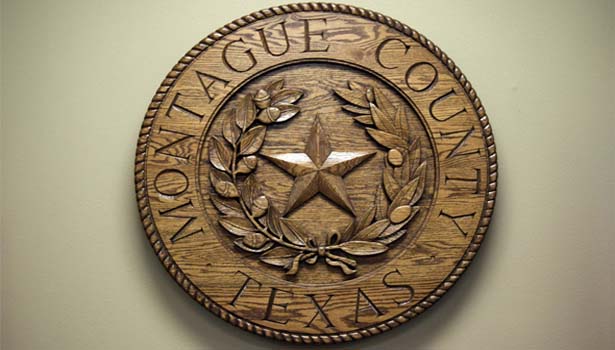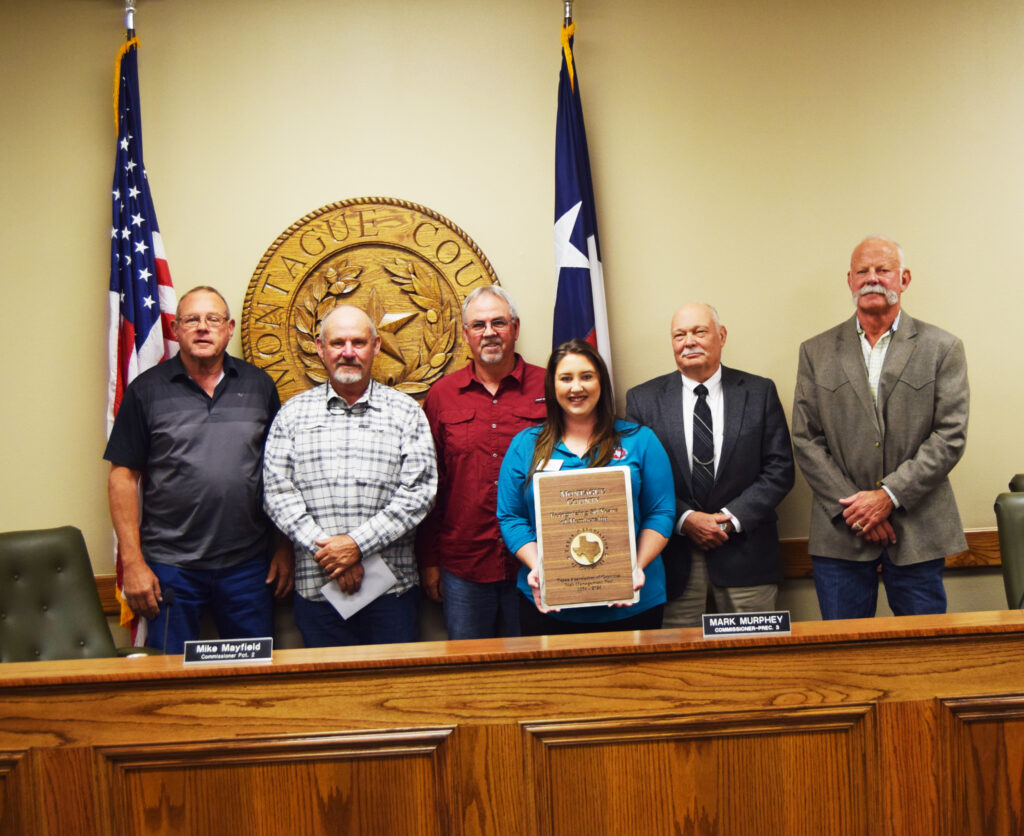NEWS
Make it a bacteria free Thanksgiving with a few safety tips

More than 45 million turkeys are eaten on Thanksgiving Day, with a never-ending list of side dishes and desserts. The Thanksgiving meal is by far the largest and most stressful meal many consumers prepare all year, leaving room for mistakes that can make guests sick. But never fear, the U.S. Department of Agriculture (USDA) Food Safety and Inspection Service (FSIS) is available with tips and resources to make this Thanksgiving safe and stress-free.
“Turkey and other meat and poultry may contain Salmonella and Campylobacter that can lead to serious foodborne illness,” said acting FSIS Administrator Paul Kiecker. “By properly handling and cooking your turkey, you can avoid these harmful pathogens and ensure your family has a safe and healthy Thanksgiving feast.”
Begin by following these five steps:
Wash your hands, but not your turkey
Washing your hands before cooking is the simplest way to stop the spread of bacteria, while washing your turkey is the easiest way to spread bacteria all over your kitchen. According to the 2016 Food and Drug Administration Food Safety Survey, 68 percent of consumers wash poultry in the kitchen sink, which is not recommended by the USDA. Research shows that washing meat or poultry can splash bacteria around your kitchen by up to 3 feet, contaminating countertops, towels and other food. Washing doesn’t remove bacteria from the bird. Only cooking the turkey to the correct internal temperature will ensure all bacteria are killed.
The exception to this rule is brining. When rinsing brine off of a turkey, be sure to remove all other food or objects from the sink, layer the area with paper towels and use a slow stream of water to avoid splashing.
To stuff or not to stuff
For optimal food safety, do not stuff the turkey. Even if the turkey is cooked to the correct internal temperature, the stuffing inside may not have reached a temperature high enough to kill the bacteria. It is best to cook the stuffing in a separate dish.
Take the temperature of the bird
Although there are various ways to cook a turkey, the only way to avoid foodborne illness is to make sure it is cooked to the correct internal temperature as measured by a food thermometer. Take the bird’s temperature in three areas — the thickest part of the breast, the innermost part of the wing and the innermost part of the thigh — make sure all three locations reach 165ºF. If one of those locations does not register at 165ºF, then continue cooking until all three locations reach the correct internal temperature.
Follow the two-hour rule
Perishable foods should not be left on the table or countertops for longer than two hours. After two hours, food falls into the Danger Zone, temperatures between 40-140ºF, where bacteria can rapidly multiply. If that food is then eaten, your guests could get sick. Cut turkey into smaller slices and refrigerate along with other perishable items, such as potatoes, gravy and vegetables. Leftovers should stay safe in the refrigerator for four days.
When in doubt call the USDA Meat and Poultry Hotline
If you have questions about your Thanksgiving dinner, call the USDA Meat and Poultry Hotline at 1-888-MPHotline (1-888-674-6854) to talk to a food safety expert. You can also chat live at AskKaren.gov, available from 10 a.m. to 6 p.m. ET, Monday through Friday, in English and Spanish.
If you need help on Thanksgiving Day, the Meat and Poultry Hotline is available from 8 a.m. to 2 p.m. ET.
Consumers with food safety questions can visit FoodSafety.gov to learn more about how to safely select, thaw and prepare a turkey. For more Thanksgiving food safety tips, follow FSIS on Twitter, @USDAFoodSafety, or on Facebook, at Facebook.com/FoodSafety.gov.
NEWS
Take advantage of Emergency Supplies Sales Tax weekend

| AUSTIN – Governor Greg Abbott and the Texas Division of Emergency Management (TDEM) today encouraged Texans to take part in this year’s Emergency Supplies Sales Tax Holiday Weekend starting Saturday, April 27 through Monday, April 29. “Having emergency supplies on-hand is a critical part of being prepared for potential severe weather,” said Governor Abbott. “I encourage Texans across the state to stock up on supplies they might need in an emergency to protect themselves and their loved ones, such as first aid kits, flashlights, or hand-held fire extinguishers.” Signed into law by Governor Abbott in 2015, Senate Bill 905 established Texas’ annual Emergency Supplies Sales Tax Holiday Weekend allowing Texans to purchase certain emergency preparation supplies tax free either online or in person. Texans can visit the Texas Comptroller’s website for more information on qualifying purchases. As spring storms and increased wildfire danger impact Texas, along with the approaching hurricane season which begins on June 1, Texans are encouraged to review disaster preparedness tips and information on building an emergency supply kit at TexasReady.gov. |
NEWS
Draft county subdivision rules prepared for hearing

By BARBARA GREEN
[email protected]
A public hearing has been scheduled for 9:45 a.m. on May 28 for the Montague County Commissioner’s Court to present the updated subdivision regulations that have been in the works for several months.
That date was set during Monday’s court session, where a development officer also was named and a state-required notice was approved. The 89-page draft of the subdivision regulations are available on the county website co.montague.tx.us/page/montague.home.
It was August 2019 when the regulations were adopted by the commissioners after much debate among water well drillers, groundwater district staff and directors, realtors and land developers.
During those original discussions water issues lead the way as many counties especially around heavily populated urban areas are experiencing water shortages and possible contamination due to an inadequate number of houses and wells or even the use of a public water system in the rural areas.
Charley Lanier, who has been working as a grant officer for the county, was named to be the subdivision development officer. After a brief 10-minute executive session, the court named Lanier who they said would be the “initial contact” for all developers who will accept all paperwork and plats.
Read the full story in the mid-week Bowie News.
NEWS
Water line, street repair complete

City of Bowie water and street crews repair a broken water line in the area of Walnut and Smythe last week, along with repairing a large pot hole in the same area. (Photo by Barbara Green)
-

 NEWS1 year ago
NEWS1 year ago2 hurt, 1 jailed after shooting incident north of Nocona
-

 NEWS5 months ago
NEWS5 months agoSuspect indicted, jailed in Tia Hutson murder
-

 NEWS1 year ago
NEWS1 year agoSO investigating possible murder/suicide
-

 NEWS1 year ago
NEWS1 year agoWreck takes the life of BHS teen, 16
-

 NEWS9 months ago
NEWS9 months agoMurder unsolved – 1 year later Tia Hutson’s family angry, frustrated with no arrest
-

 NEWS12 months ago
NEWS12 months agoSheriff’s office called out to infant’s death
-

 NEWS1 year ago
NEWS1 year agoBowie Police face three-hour standoff after possible domestic fight
-

 NEWS1 year ago
NEWS1 year agoDriver stopped by a man running into the street, robbed at knifepoint






